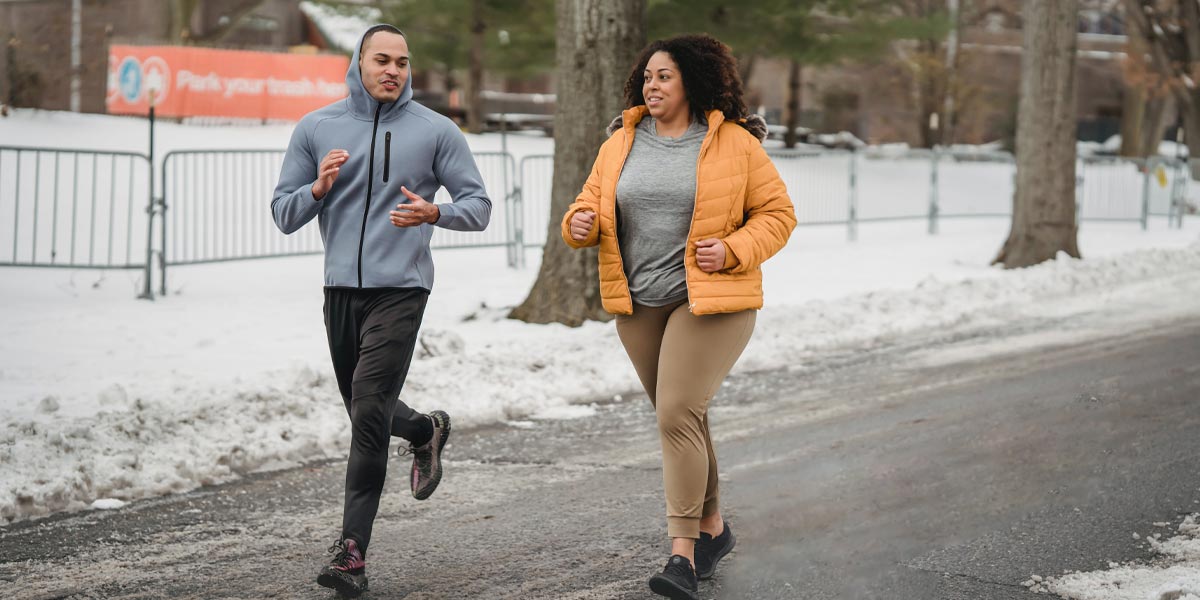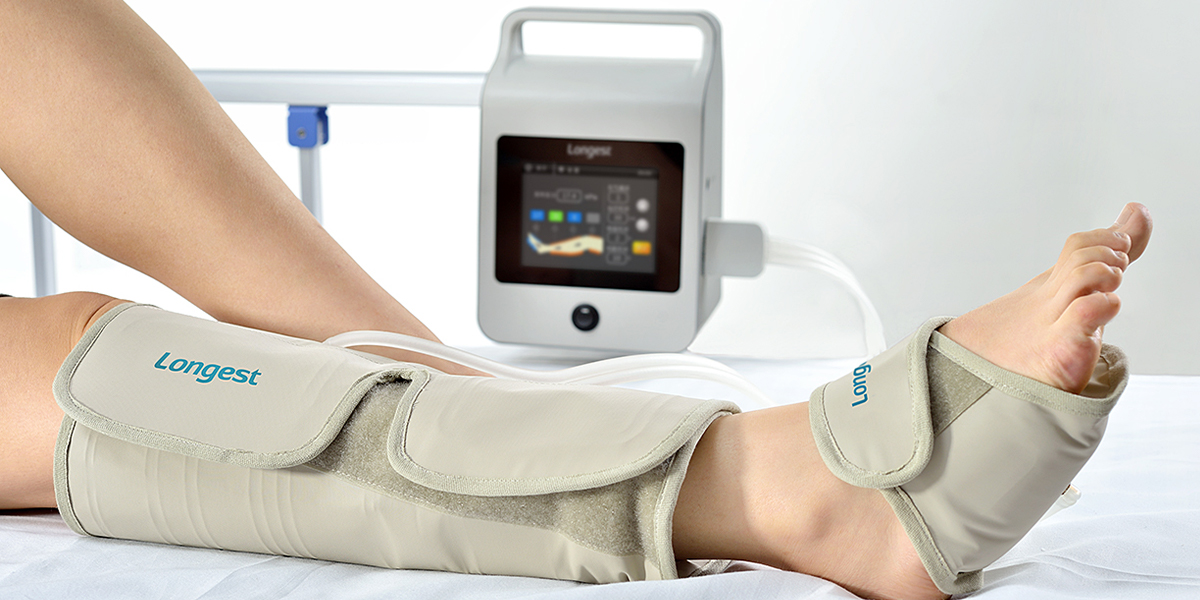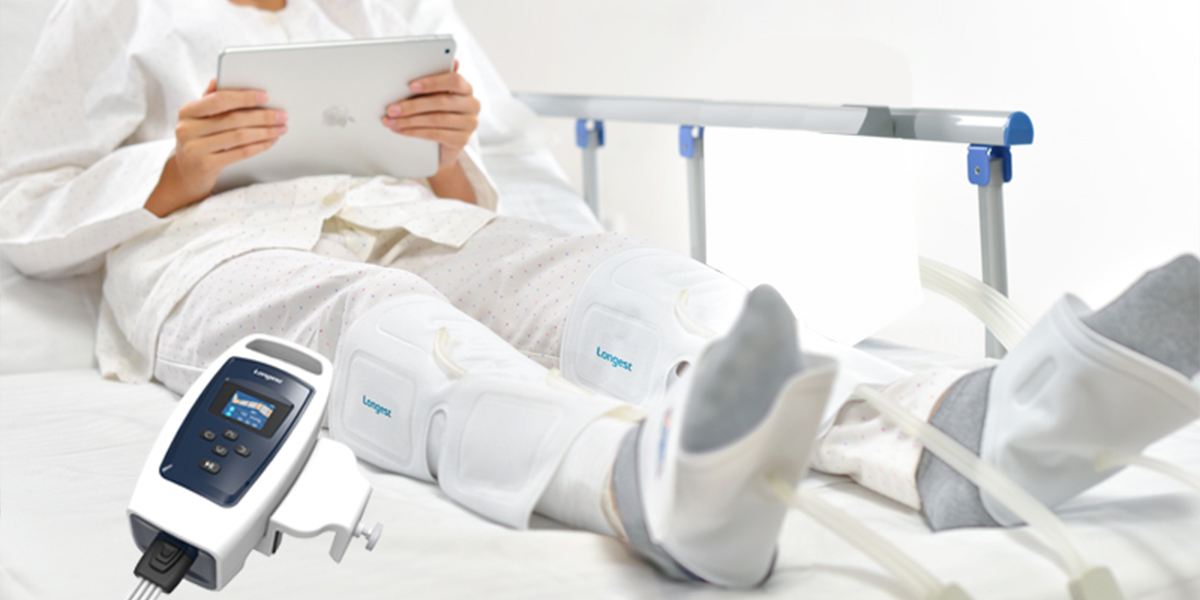Winter Wellness: Enhancing Blood Circulation to Reduce the Risk of Cerebral Thrombosis
December 26, 2023
During the winter season, the risk of cerebral thrombosis, also known as a stroke, can increase due to factors such as decreased physical activity, changes in blood pressure, and increased blood viscosity. It is crucial to prioritize and promote good blood circulation to reduce the risk of cerebral thrombosis and maintain overall health.
Here are some tips to help improve blood circulation during the winter:
1. Stay Active: Engage in regular physical activity to keep your blood flowing. This can include indoor exercises, such as yoga, stretching, or home workouts. If possible, try to incorporate outdoor activities like brisk walking or winter sports, while taking necessary precautions for the weather conditions.
2. Maintain a Healthy Diet: Eat a balanced diet rich in fruits, vegetables, whole grains, and lean proteins. Incorporate foods that are known to promote healthy blood circulation, such as citrus fruits, dark chocolate, garlic, oily fish (like salmon), and nuts.
3. Stay Hydrated: Drink an adequate amount of water throughout the day to prevent dehydration, which can affect blood viscosity. Opt for warm beverages like herbal teas and warm water with lemon to help improve circulation and keep you hydrated.
4. Dress Appropriately: Wear warm clothing, including layers, to protect yourself from extreme cold temperatures. Properly insulating your body helps to maintain warmth and prevent blood vessels from constricting. Don't forget to cover your extremities with gloves, socks, and a hat to protect against heat loss.
5. Avoid Prolonged Immobility: Avoid sitting or standing in the same position for extended periods. Take regular breaks to stretch and move around, especially if you have a sedentary job. Simple activities like getting up to walk or doing light exercises can help stimulate blood flow.
6. Practice Heat Therapy: Utilize heat therapy techniques such as warm baths, hot packs, or heated blankets to promote blood circulation in colder months. Heat can help relax blood vessels, improve blood flow, and relieve muscle tension.
7. Quit Smoking: Smoking is known to constrict blood vessels and impair circulation. Quitting smoking can significantly improve blood circulation and overall cardiovascular health.
8. Manage Stress: Chronic stress can negatively impact blood circulation. Practice stress management techniques like deep breathing exercises, meditation, or engaging in hobbies and activities that help you relax.
Best-Selling IPC Device for DVT: LGT-2200DVT
The Effective Gradient Compression DVT Pump LGT-2200DVT is designed to improve patient outcomes while ensuring safety and convenience. With its compact and lightweight design, it is easy to transport and use in different clinical settings. The intuitive 5-inch touchscreen interface allows for simple navigation and quick adjustments
Featuring four compression modes, healthcare professionals can select the most appropriate mode for each patient's unique needs. Whether it's preventing DVT, reducing swelling, or enhancing circulation, DVT Pump LGT-2200DVT provides flexibility in treatment options.

Intermittent Pneumatic Compression Device: LGT-2201DVT
IPC Pump LGT-2201DVT is designed to meet the unique demands of healthcare workers by providing a compact and lightweight solution that eases their daily workload. Its portable design enables effortless movement, allowing healthcare professionals to provide efficient and timely care to patients across different settings. IPC Pump LGT-2201DVT offers a complete range of overlapping cuffs, combining efficacy and comfort for patients. These cuffs provide comprehensive coverage to the affected areas, maximizing therapeutic benefits and aiding in the prevention of DVT.

Remember, if you have any pre-existing medical conditions or concerns related to blood circulation, it's important to consult with your healthcare provider for personalized advice and recommendations.